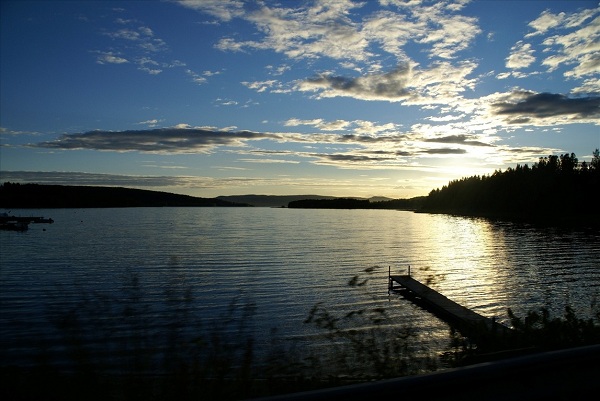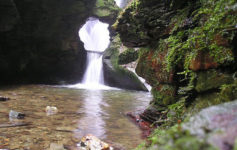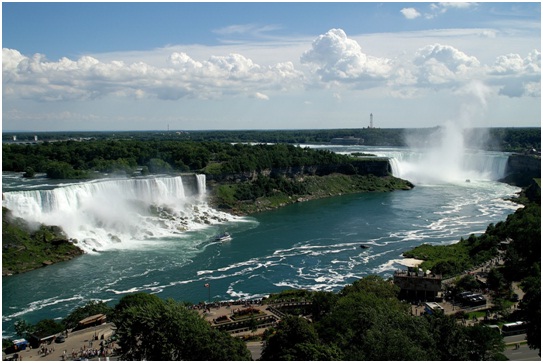Finland ratified the Convention concerning the Protection of World Cultural and Natural Heritage in 1987. And at present, the country has six Finnish World Heritage Sites and one Natural Site.
Bronze Age Burial Site of Sammallahdenmäki
Declared a UNESCO world heritage site in 1999, Sammallahdenmäki is considered to be one of the most important Bronze Age sites in Scandinavia. Located in the municipality of Lappi on a remote hill off the road between the towns of Tampere and Rauma, this burial site bears exceptional witness to the society, and especially the funeral practices of the Bronze Age of Scandinavia, featuring over 33 granite burial cairns (most undisturbed), among which two stand aside for their uniqueness. They include the quadrangular Church Floor and the dike-like Long Ruin of Huilu. In addition to the archaeological features, the site is a truly beautiful example of sparse pine forest on a rocky outcrop, so make sure to indulge in an interesting walk and grab the area’s pristine nature.

Fortress of Suomenlinna
Constructed in the second half of the 18th century as a royal residence on a group of islands located at the entrance of Helsinki’s harbor, the sea fortress of Suomenlinna is an especially interesting example of European military architecture of the time, which has played a role in the defense of three states, including Russia, Sweden and Finland.
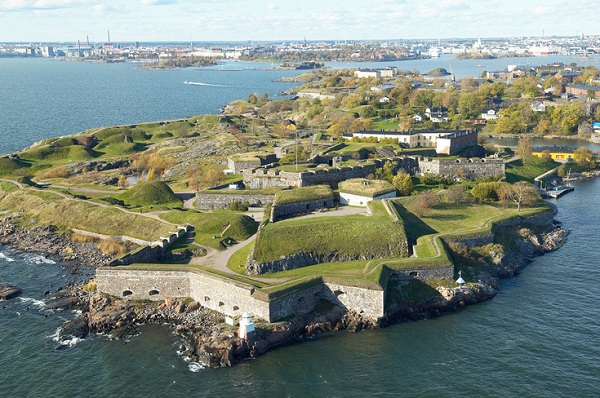
Old Rauma
One of the oldest harbors of Finland, Old Rauma is the most coherent wooden town area in the Nordic region, featuring over 600 well-preserved wooden houses, reflecting the golden age of sailing ships in the 1890s. Added in the UNESCO World Heritage List in 1991, today Rauma is a thriving residential and working community, with most of its buildings being repaired and redecorated. In other words, Old Rauma is a highly desirable place to live.
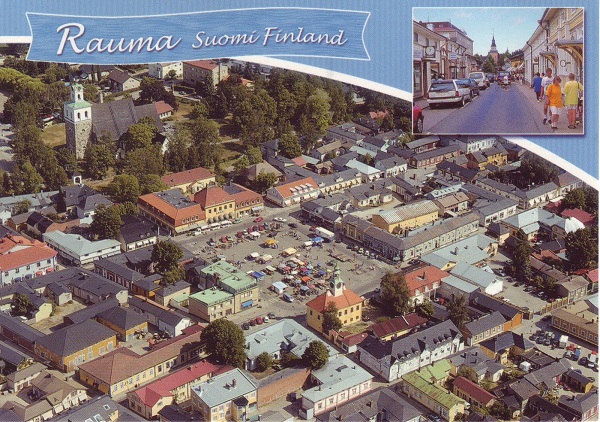
Petäjävesi Old Church
Inscribed on the UNESCO World Heritage List in 1994, the majestic Old Church of Petäjävesi is a one-of-a-kind and well-preserved wooden building, built between the years of 1763-65 (the bell tower was added in 1821), which represents the wooden architecture tradition of eastern Scandinavia. The church has retained its original appearance and its interior decoration exceptionally well, and is a popular spot for weddings in the summer. Thousands of travelers are attracted by the charm and beauty of the church, but they also pay a visit to other attractions and sights of the region, taking part in guided tours provided by local tourism entrepreneurs.

Struve Geodetic Arc
Stretching from the Black Sea to the Arctic Ocean, starting from the Danube Delta in Ukraine and, before reaching Finland passing through Moldova, Belarus and the Baltic States, the Struve Geodetic Arc is a chain of survey triangulation, which was measured from 1816-1855 and has been used to determine the size and shape of the Earth. The arc was declared a WHS on 15 July, 2005 and is considered the first survey scheme and also the first scientific and technological landmark to be entered on the UNESCO World Heritage List.
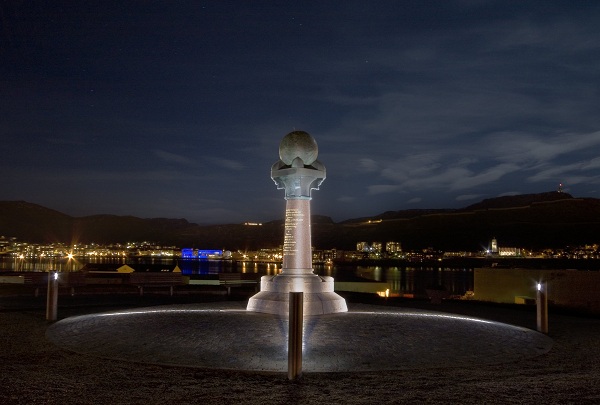
Verla Groundwood and Board Mill
Built in 1882 on the side of the fast-flowing river Kymi, in the watery landscape of Järvi-Suomo in central Finland, the Verla Groundwood and Board Mill and its surrounding residential area is a remarkable, uniquely-preserved example of the small-scale rural industrial settlements associated with forest industry (pulp, paper and board production) that flourished in northern Europe and North America in the 19th century and early 20th century. Apart from showcasing beautiful architecture in red-brick and Neo-Gothic style, the site also boasts a museum, which tells of the people who once lived and worked here. Tours are held daily and there is also a very informative visitor center, which adds to the experience.
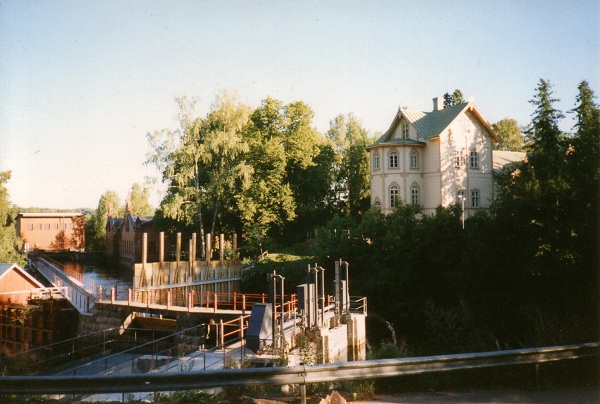
Kvarken Archipelago / High Coast
Comprising over 5500 idyllic islands in the Gulf of Bothnia, with the Kvarken Archipelago situated in Finland and the High Coast in Sweden, Finland’s only natural site is a fascinating example of glaciation processes. Kvarken features unusual ridged washboard moraines, ‘De Geer moraines,’ which were formed by the melting of the continental ice sheet some 10 to 24 thousand years ago, while the High Coast is important for research, as the weight of the glaciers melts off of it. In 2000, the High Coast was included in the WHL of UNESCO for its outstanding land uplift geology.
